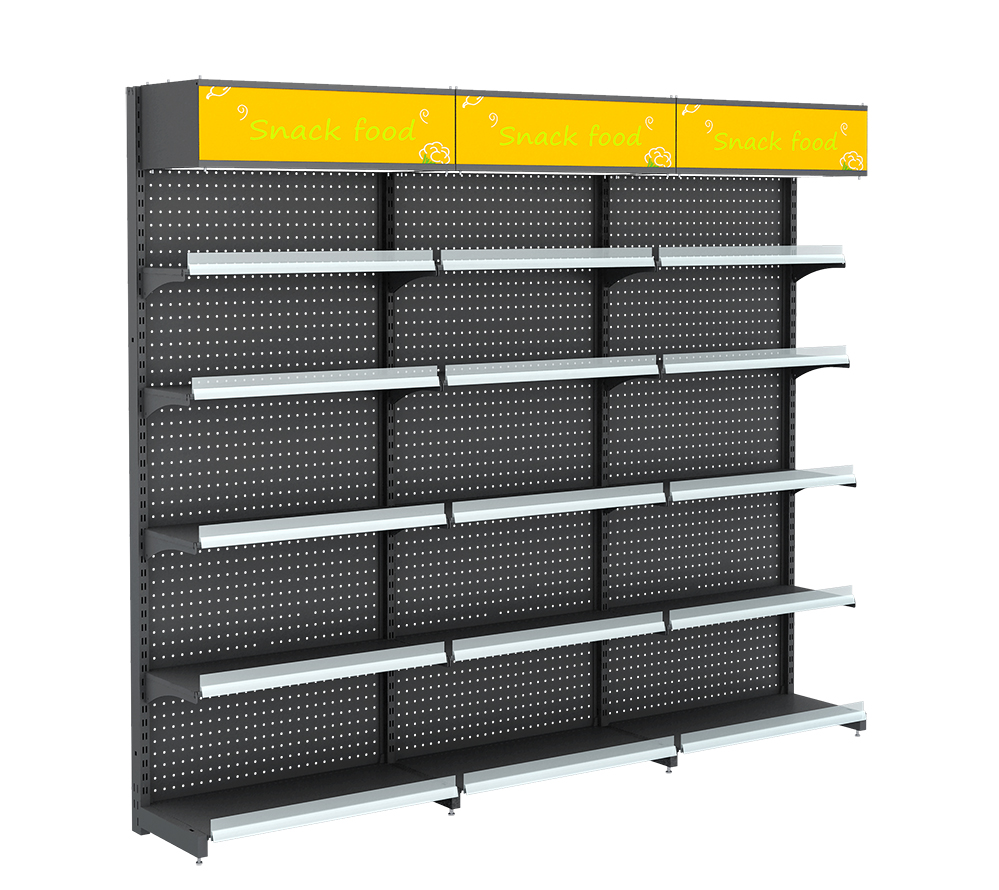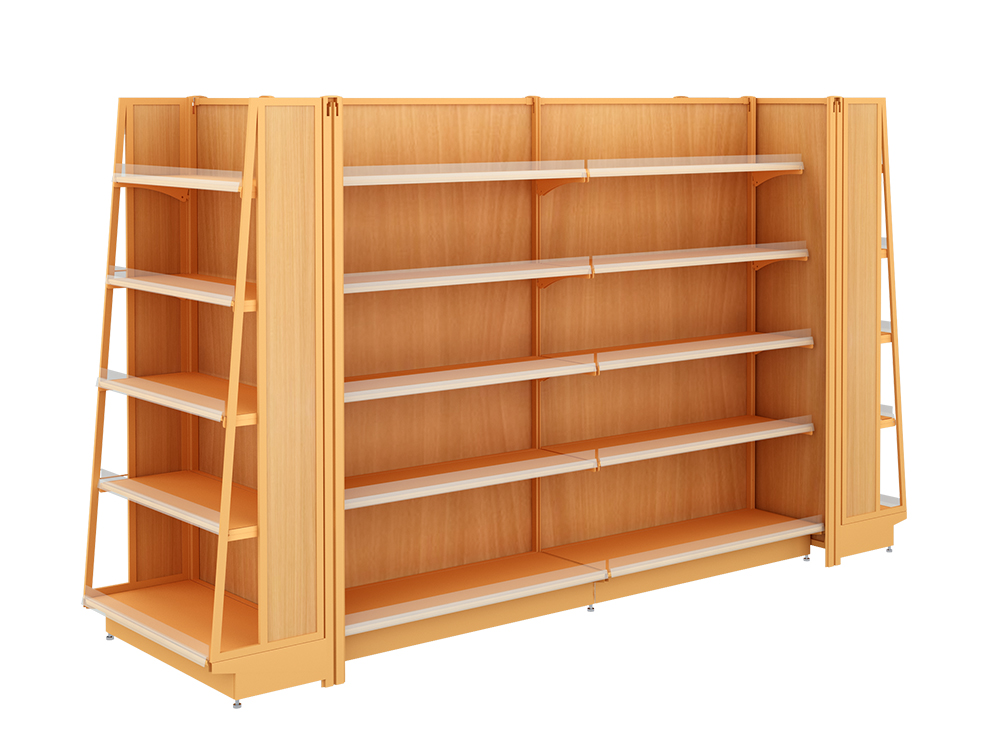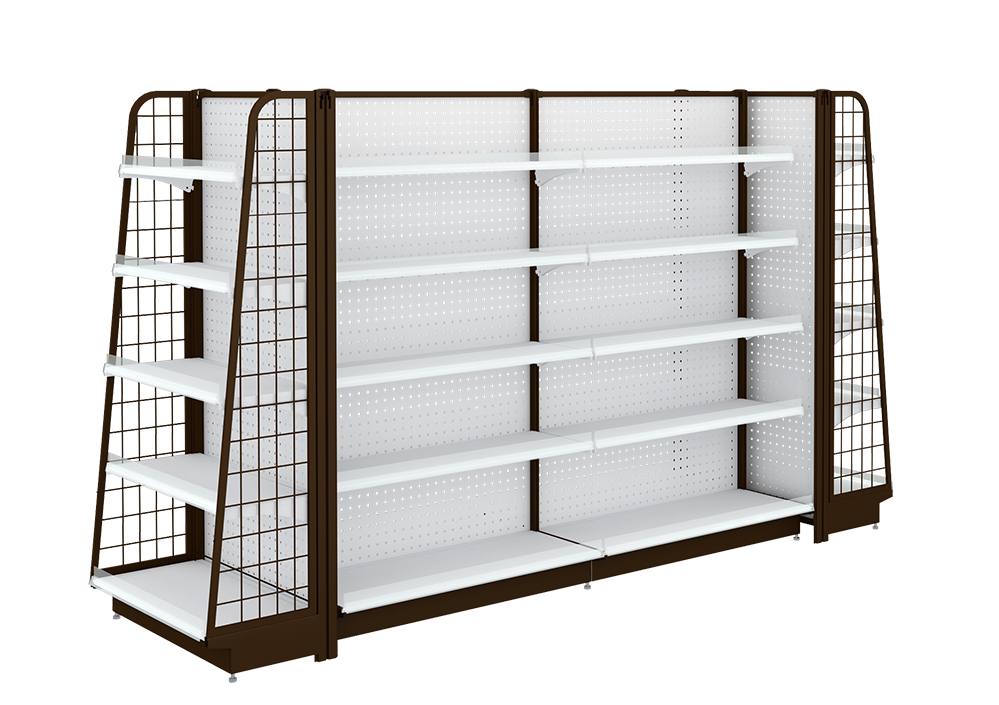It is worth noting that changes in the ambient temperature and humidity of the workshop seriously affect the performance of ink and paper, and also affect the quality of printed products. The influence of temperature on the flowability of ink and the effect of humidity on the stretchability of the paper are closely related. The high temperature of the ink has high fluidity, and the outlets are easy to expand. Conversely, the liquidity is small, the viscosity is increased, and it is not easy to set the ink down, causing problems such as paper pulling and peeling. Therefore, the ink's fluidity should be controlled at 30mm, and its adaptation temperature is about 20-30 degrees Celsius, the humidity is unstable, the ink fastness and paper absorption and distribution of water is not easy to stabilize, the paper is significantly stretched and affect the overprint accuracy, generally It should be kept at a humidity of 60%-75%. To ensure the quality of packaging and decorating printed matter, we must test and control the temperature and humidity of the printing shop, maintain a constant temperature and humidity, and adapt it to the printing requirements.
4, stable operation of process control
Packaging and decorating printing requires good reproducibility and repeatability, and a set of procedures and procedures must be established. Operators must not be allowed to do whatever they like. For example, in the color sequence, the process flow card must make a clear color sequence. The order of the color sequence, because the current offset printing method has two kinds of dry printing and wet printing, will affect the color effect of the printing product, that is, the color effect will change differently. The influence of the printing color sequence on the color can be calculated by the formula of the trapping rate.
For example, in the case of a certain packaged print under the same other conditions, the exchange of the color sequence will be different.
For example, in the operation, "three levels, two small" and "four times" operating methods, etc., must be strictly followed. Printing pressure data in process operations should also be different depending on the machine, paper, etc. Generally, the printing pressure of the imported offset press is 0.08-0.10mm; the printing pressure of the domestic offset press is 0.15-0.25mm, so the printing effect is relatively good.
5, the application of measurement and control bar
In the past, most of the print operators' quality control of packaging and decorating printed matter was based on personal experience, which often resulted in unstable quality. To stabilize quality, the method of measuring and controlling bars on printed matter is a very important concrete manifestation of dataization and standardization. The Bruner control strip is usually used so that the operator can know the dot enlargement rate, overprint accuracy, field density, and dot movement, etc. of the printed matter without having to rely on other instruments, so that the quality of the packaged printed matter is at the first line of production. Get control and help stabilize print quality.
6, on-site production quality control
The on-site production quality control refers to the first-line quality management, and its work focuses on the production workshop. This is an important stage of print production. Use Total Quality Management (TQC) and QC group activities to control product quality. Only by strengthening on-site production quality control is the key to stabilizing and improving product quality. In the management process, it is particularly important to carry out timely control of the three-level quality inspection (self-inspection, mutual inspection, special inspection) and key products and key parts. There must be data records and corresponding measures to ensure. As shown in the quality control chart for monochrome prints, for the three-level inspection, the quality status of each batch of products can be reflected and monitored at any time.
Each batch of print quality analysis can be arranged. In order to eliminate the major problems affecting the quality of packaging and printing products, provide the basis.
7, equipment and related standards
To achieve data, we must be equipped with some necessary measuring tools. For the operator who prints on the spot, we must have a thousand-point card, a 20-fold scale magnifier, a ruler, etc.; for the quality inspection of finished products, we must provide a color reflection density meter, gloss Instrument, wear-resistant instrument, color-difference meter, 20-fold scale magnifier... For raw material test operators, color reflectance densitometer, ink flow tester, smoothness tester, moisture analyzer, etc. should be provided.
In order to standardize packaging, decorating and printing products, in 1987, the light industry system passed the national standard (GB7705-1987) for printing and packaging of flat products. On this basis, each factory has established its own factory standard (enterprise standard). ), making packaging and decorating printing a big step towards standardization. Through these years of practice, there are still imperfections in this standard, and it needs to be constantly revised. Such as my factory printing fine packaging and decoration printing products.
Third, the conclusion
The above is only my personal experience and understanding of quality management in the data and other aspects of packaging, decoration and printing. Due to the diversity and complexity of the reproduction process of color flat-print packaging and decorating printed matter, formulating process specifications and product standards is itself a more complicated issue, coupled with the limitations of domestic raw materials, machinery and equipment, etc., which are bound to give data. The implementation of normalization, standardization, and standardization creates even greater difficulties. Therefore, the above description is only for reference. The best method should be revised according to the specific practices of each plant. Looking forward to peers in the practice of the search process, continue to innovate, so that the quality of the printing and packaging and printing of data and other quality management, access to and development.
Source: Internet


